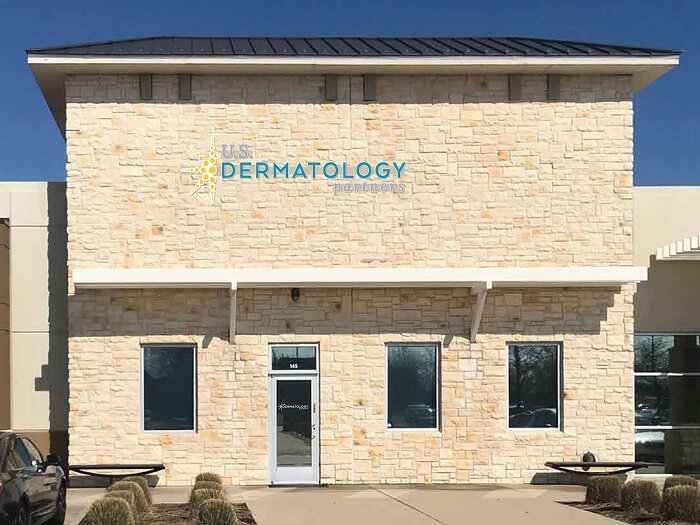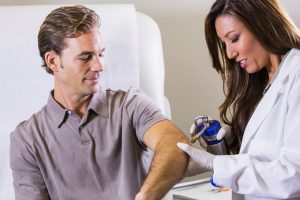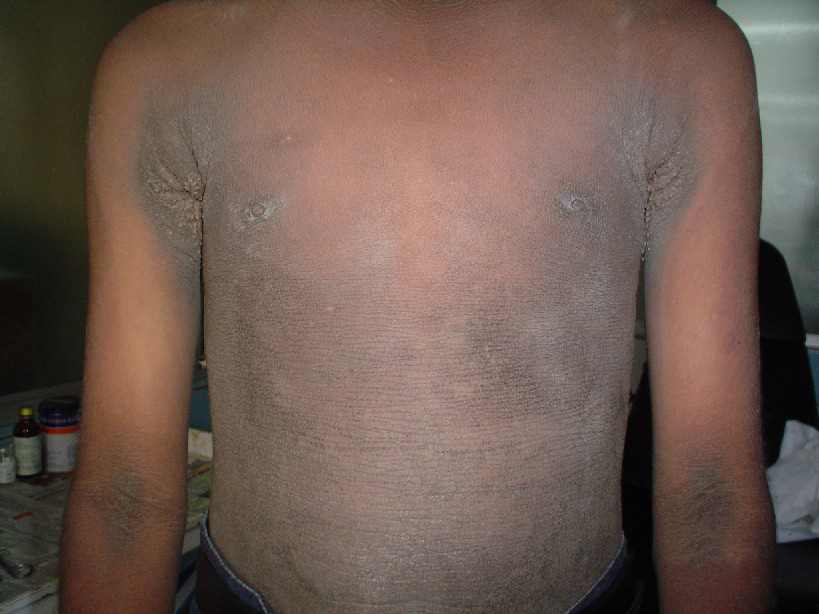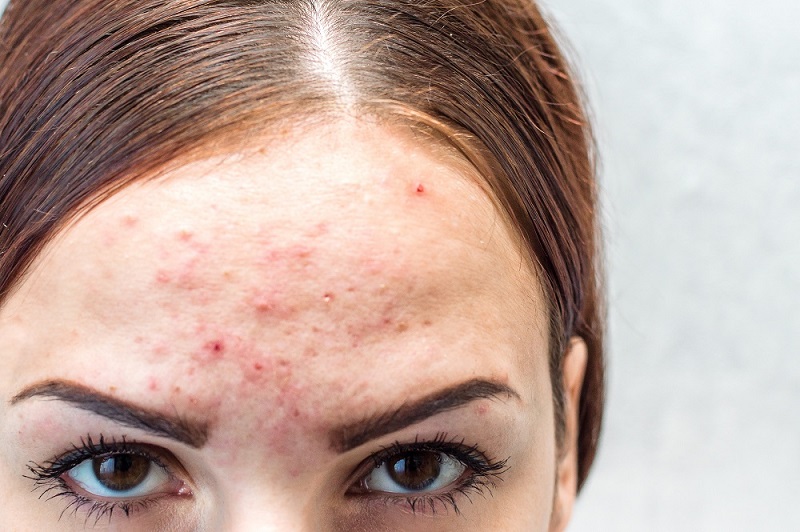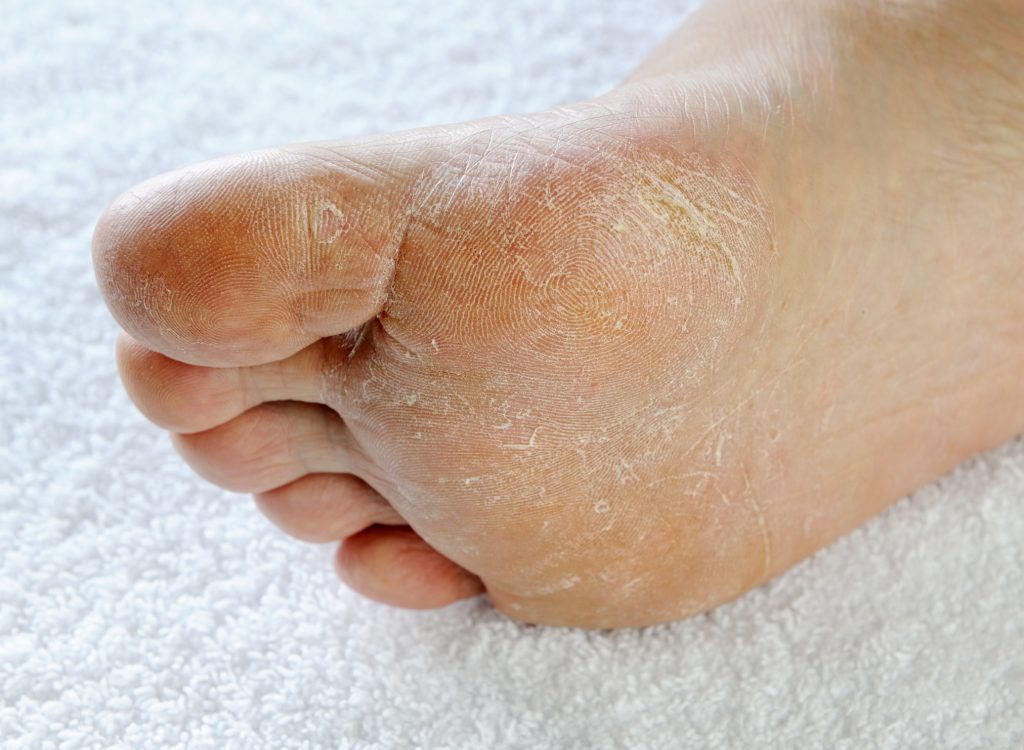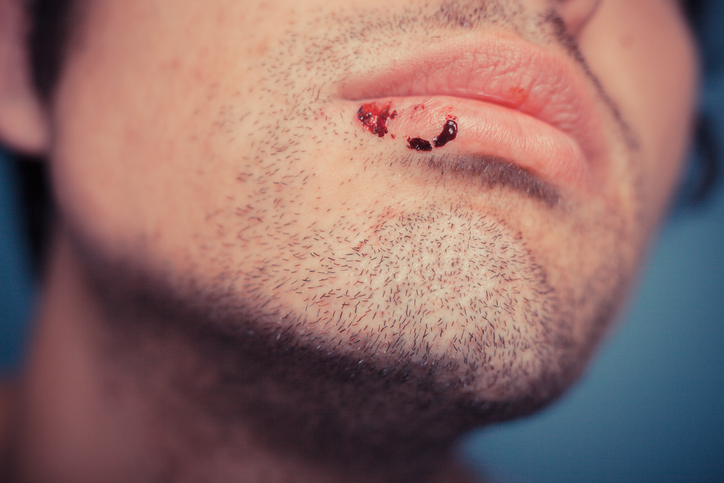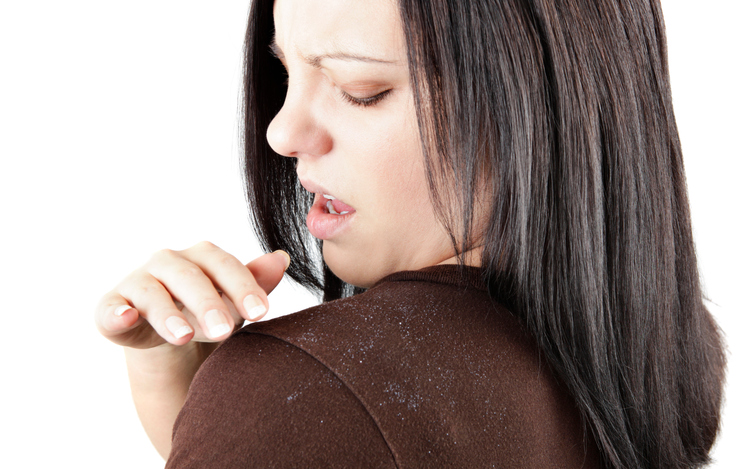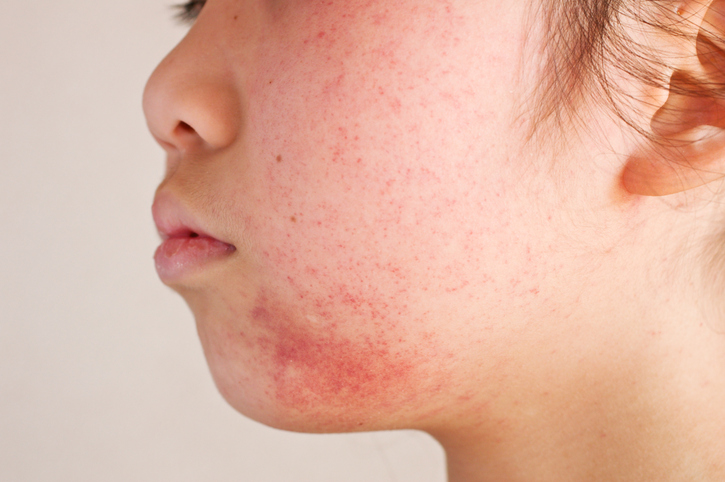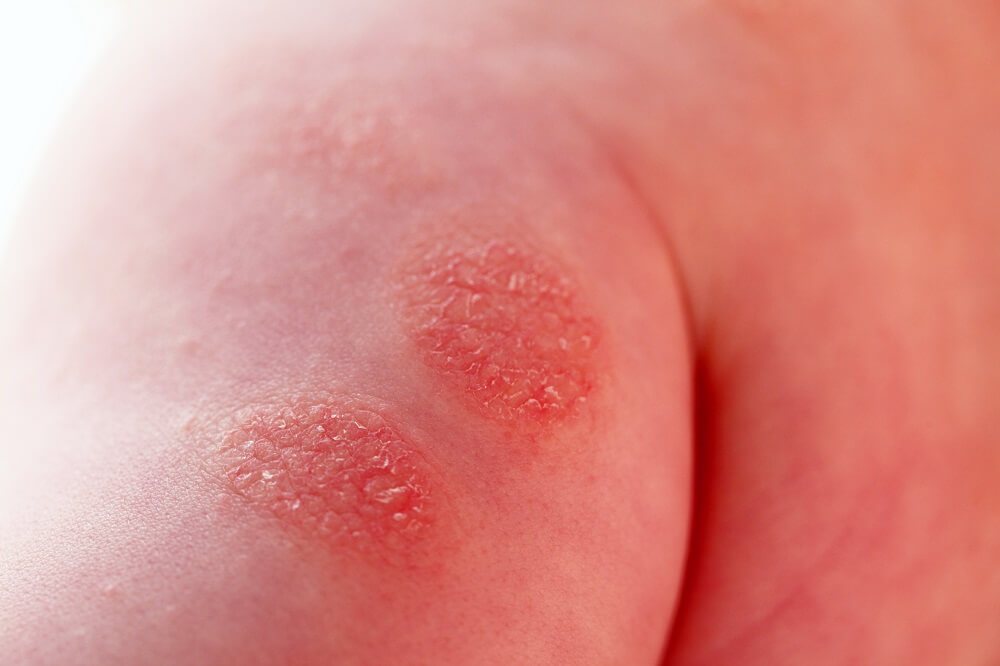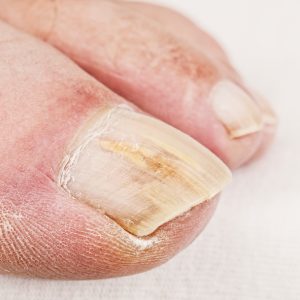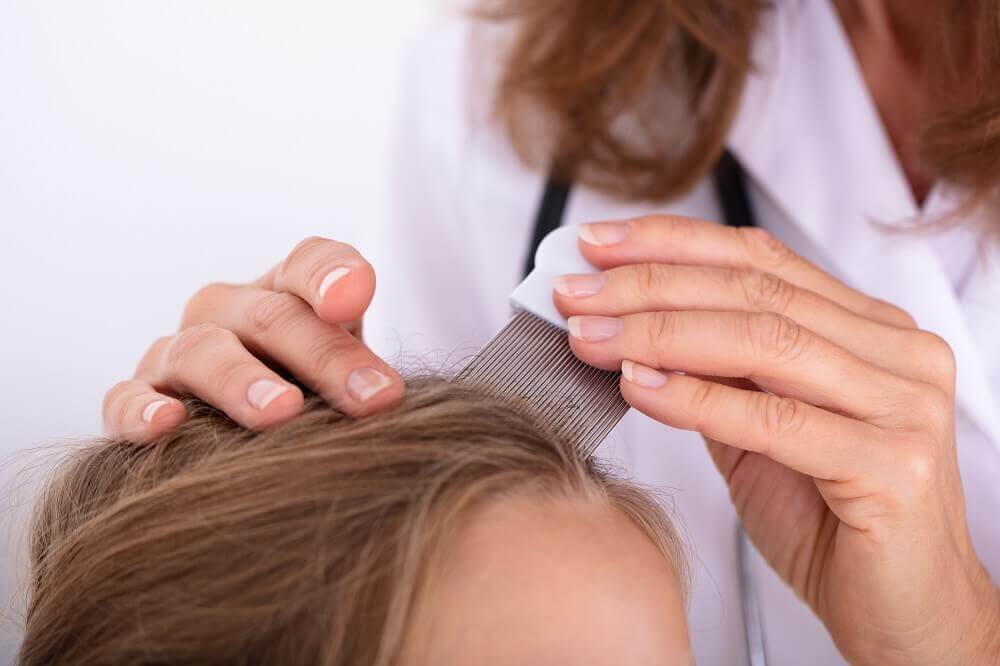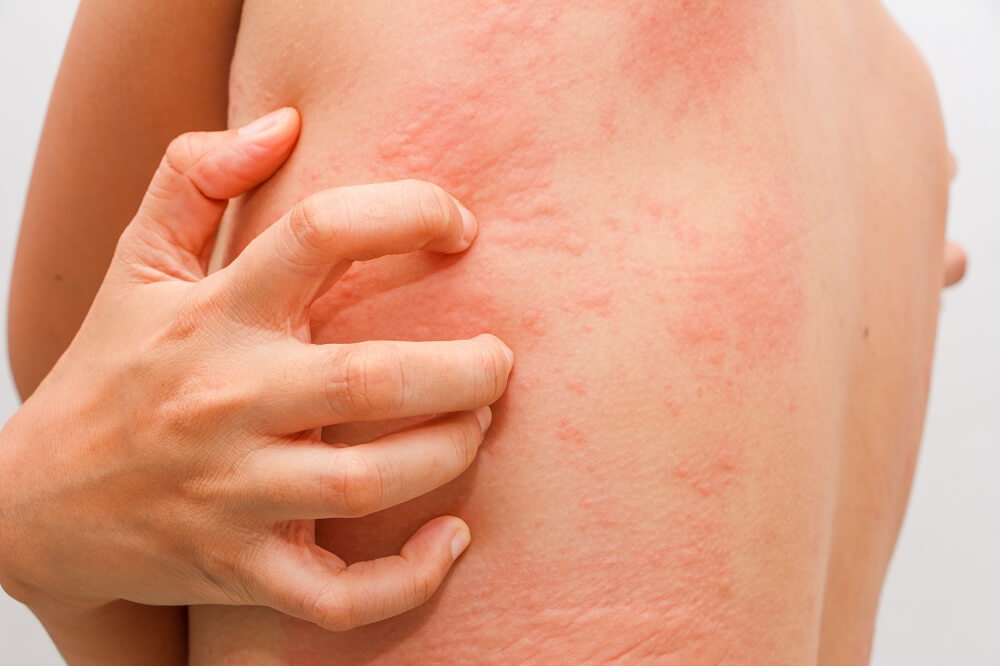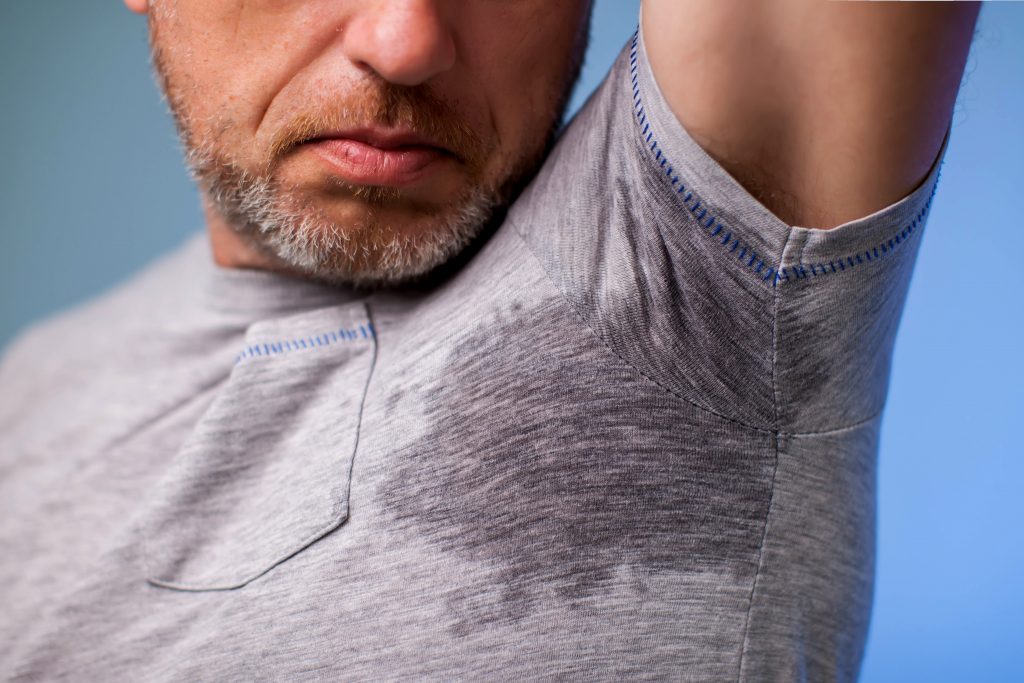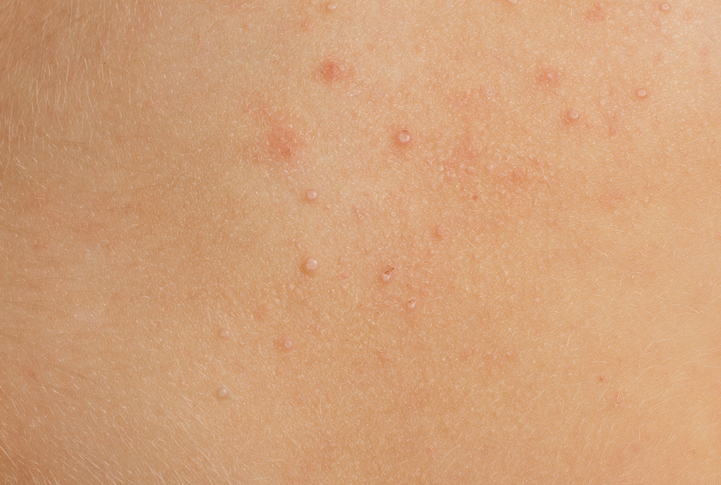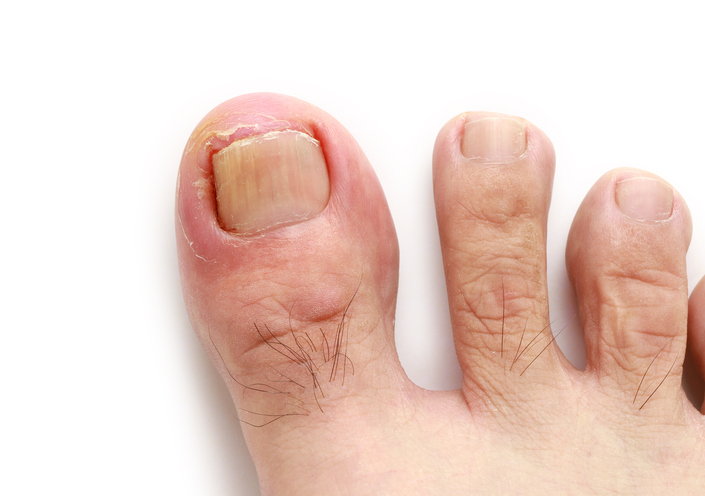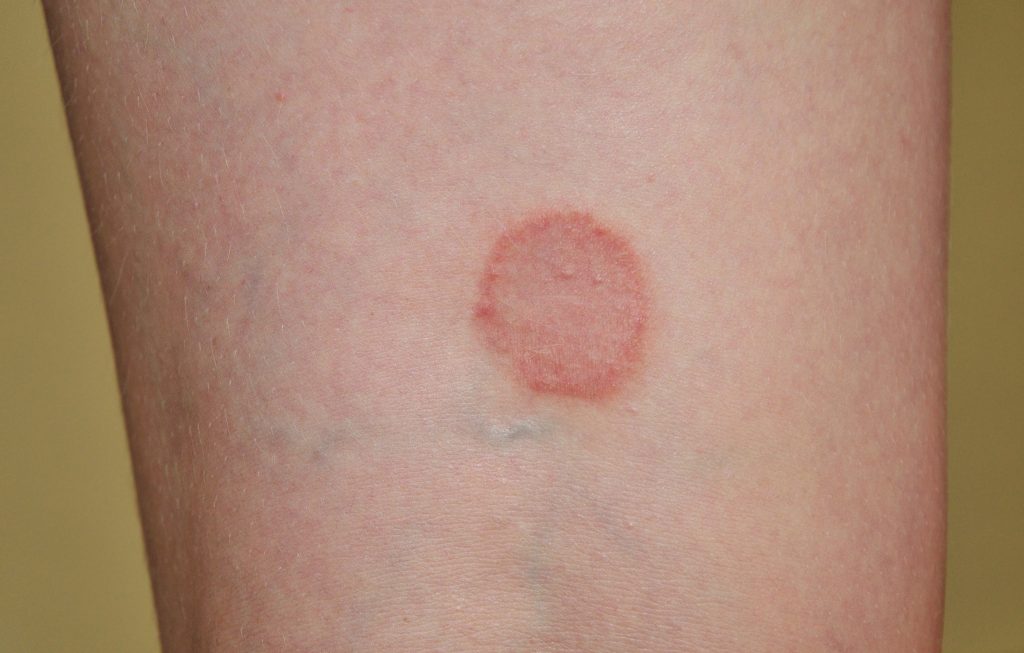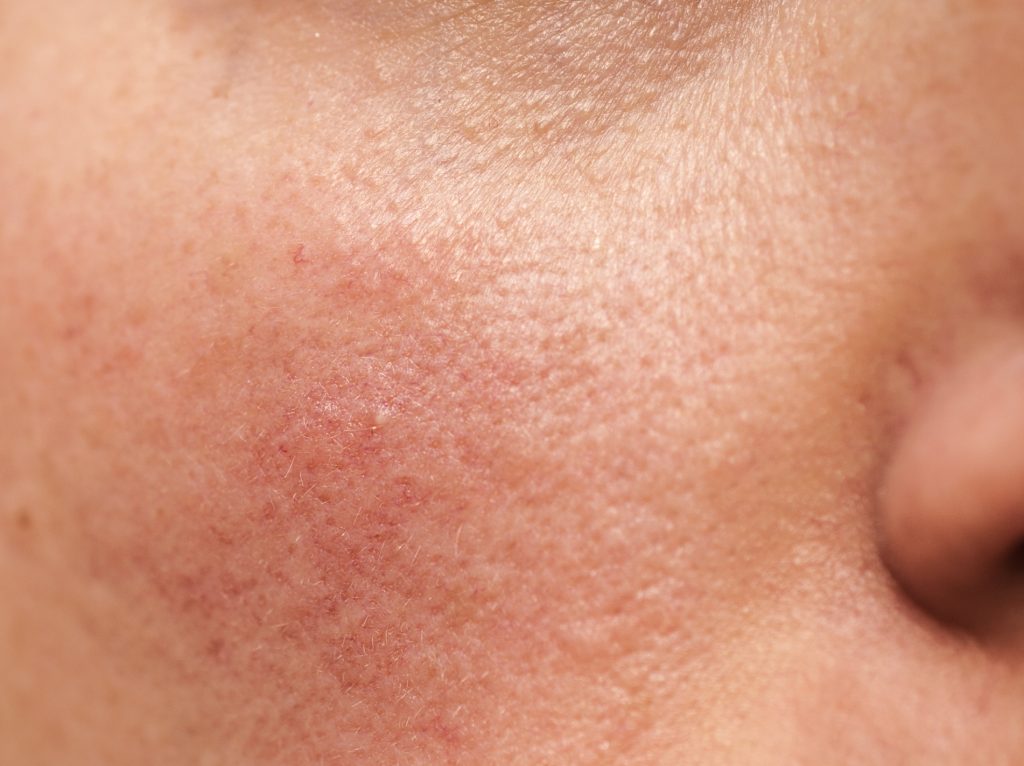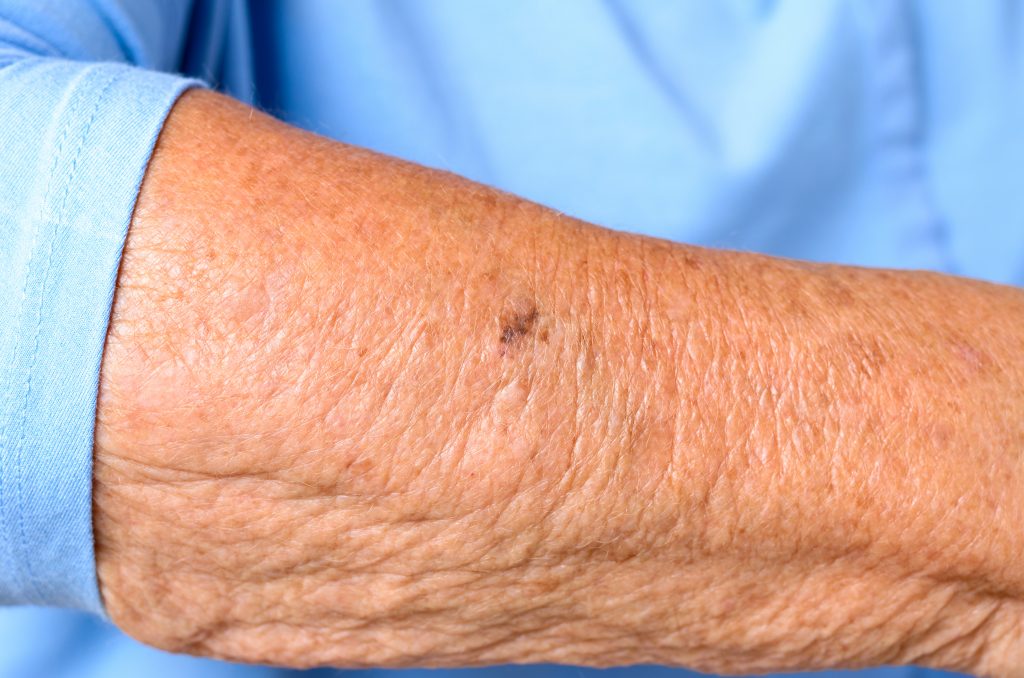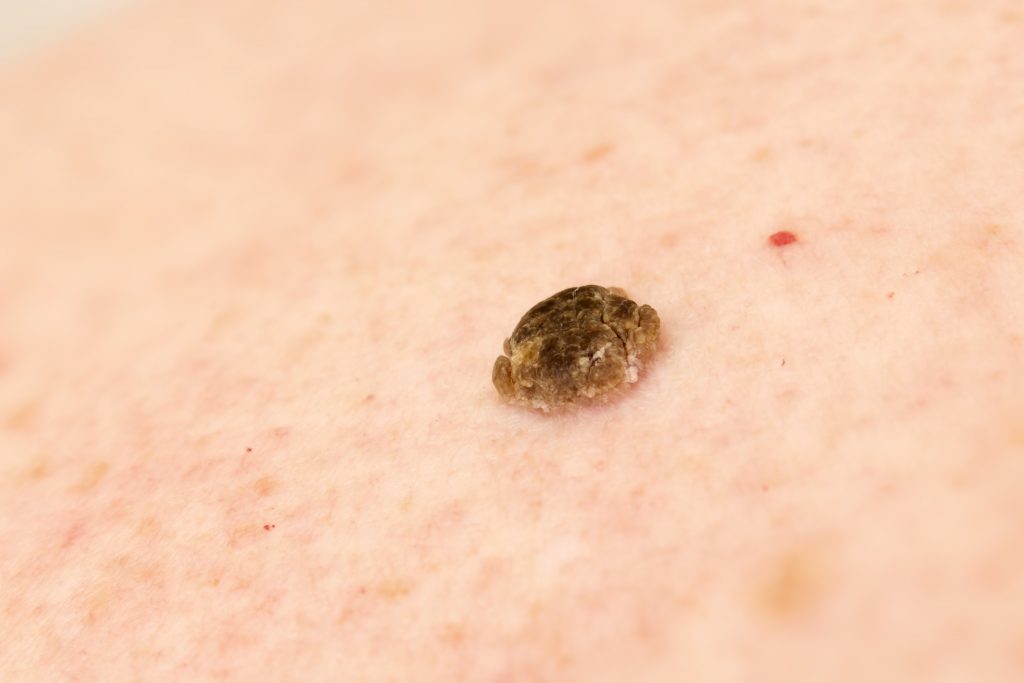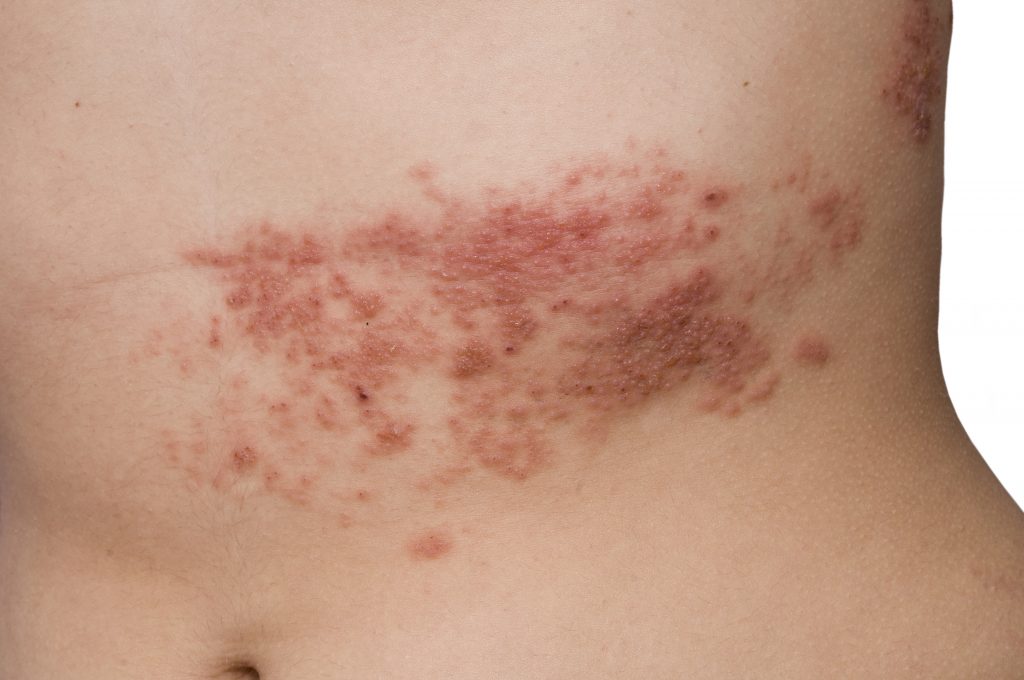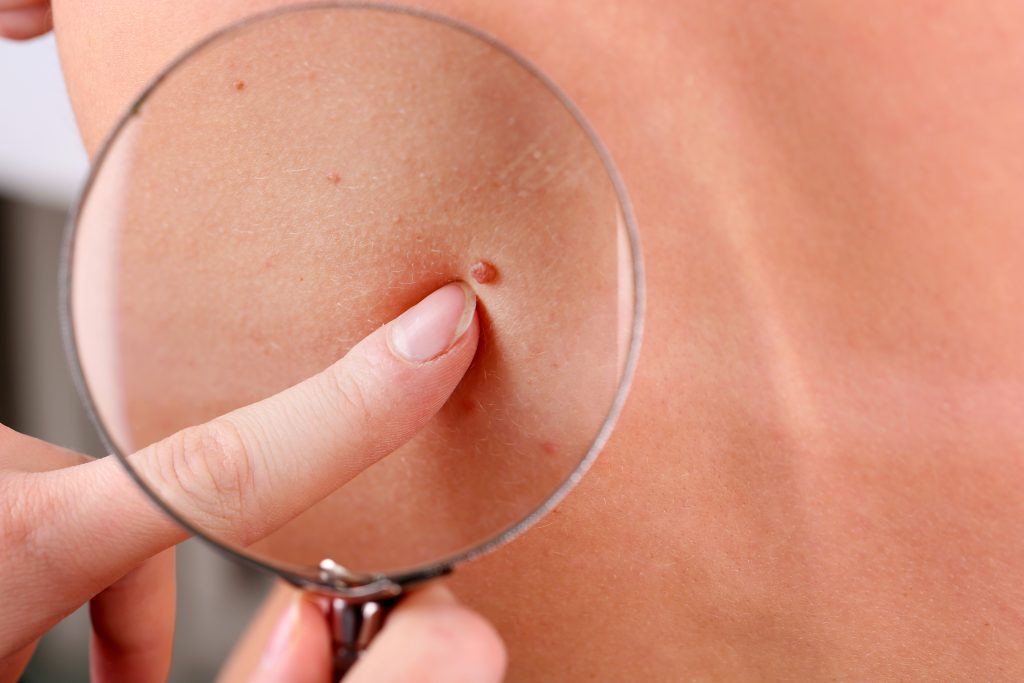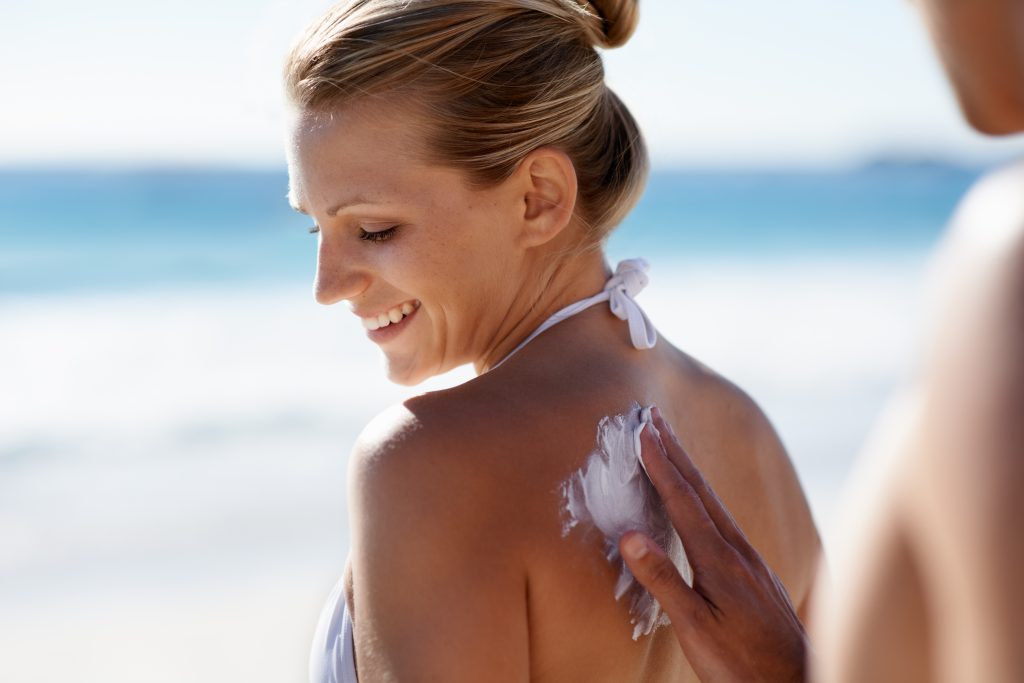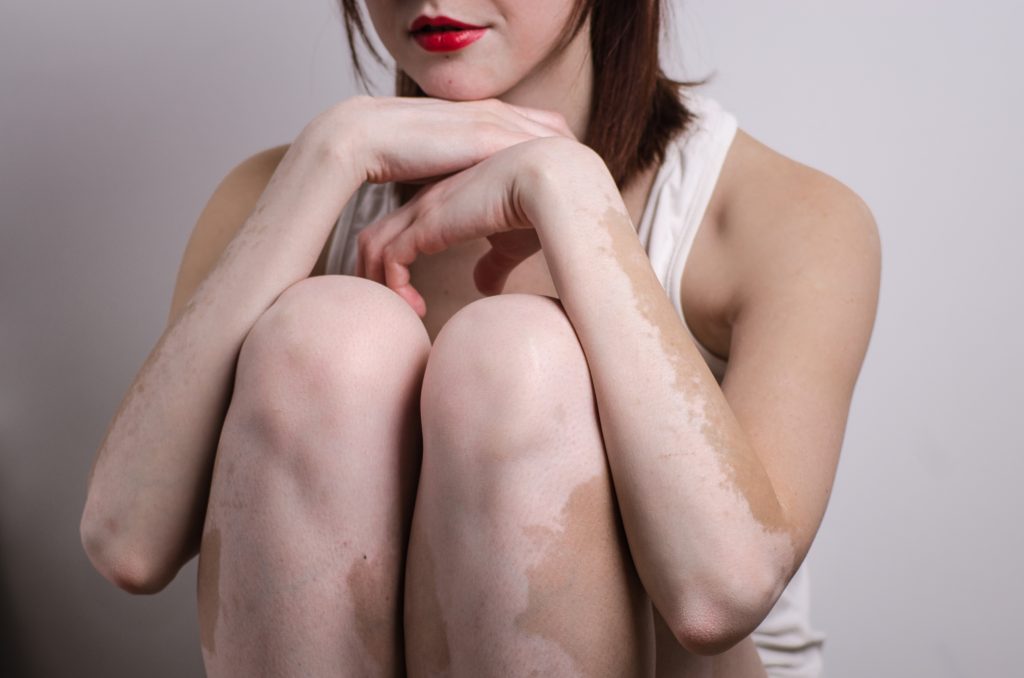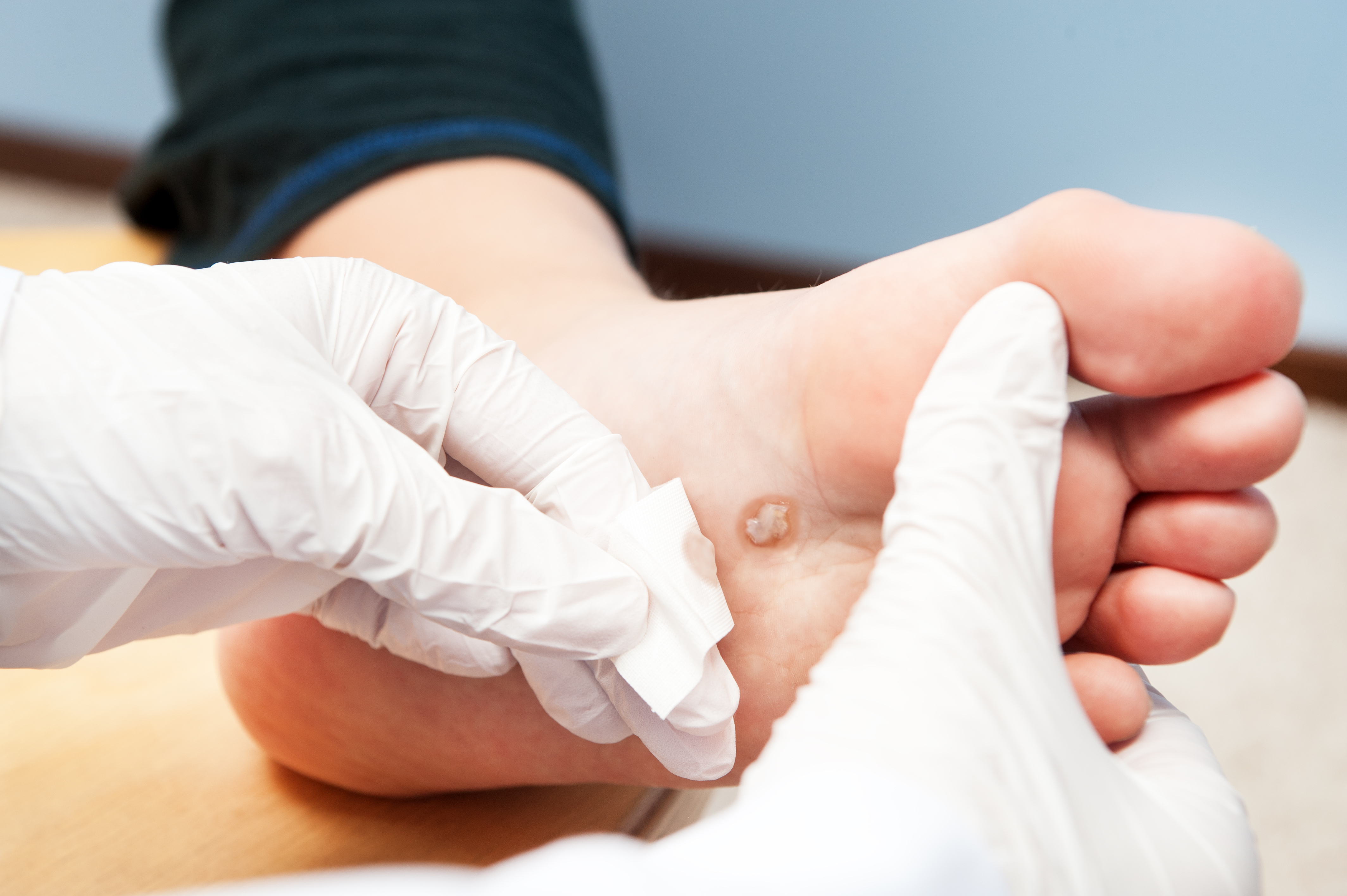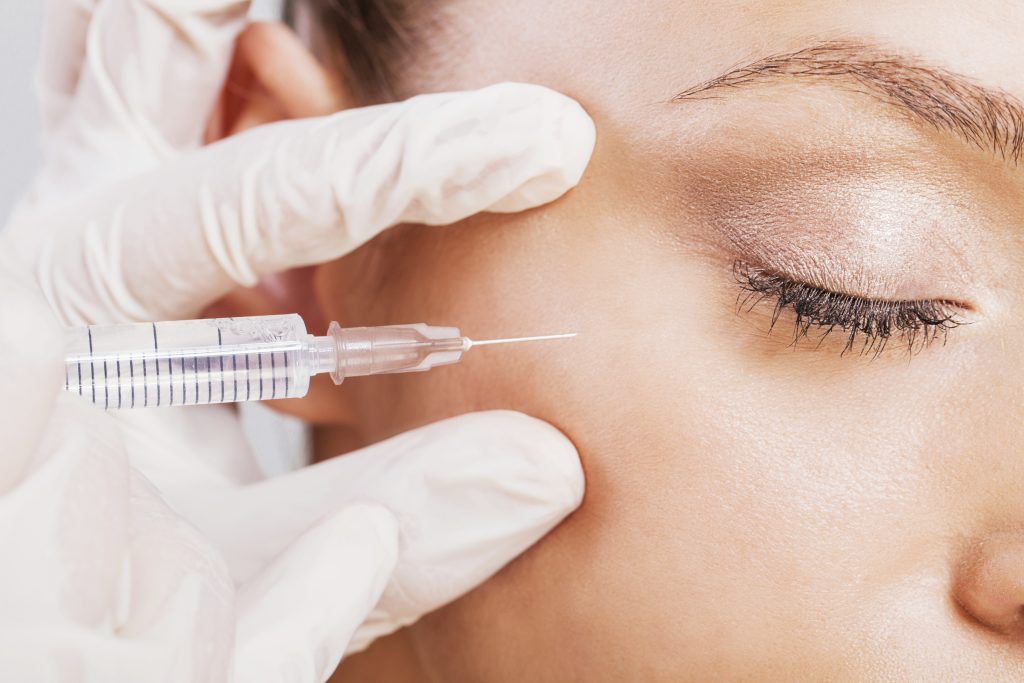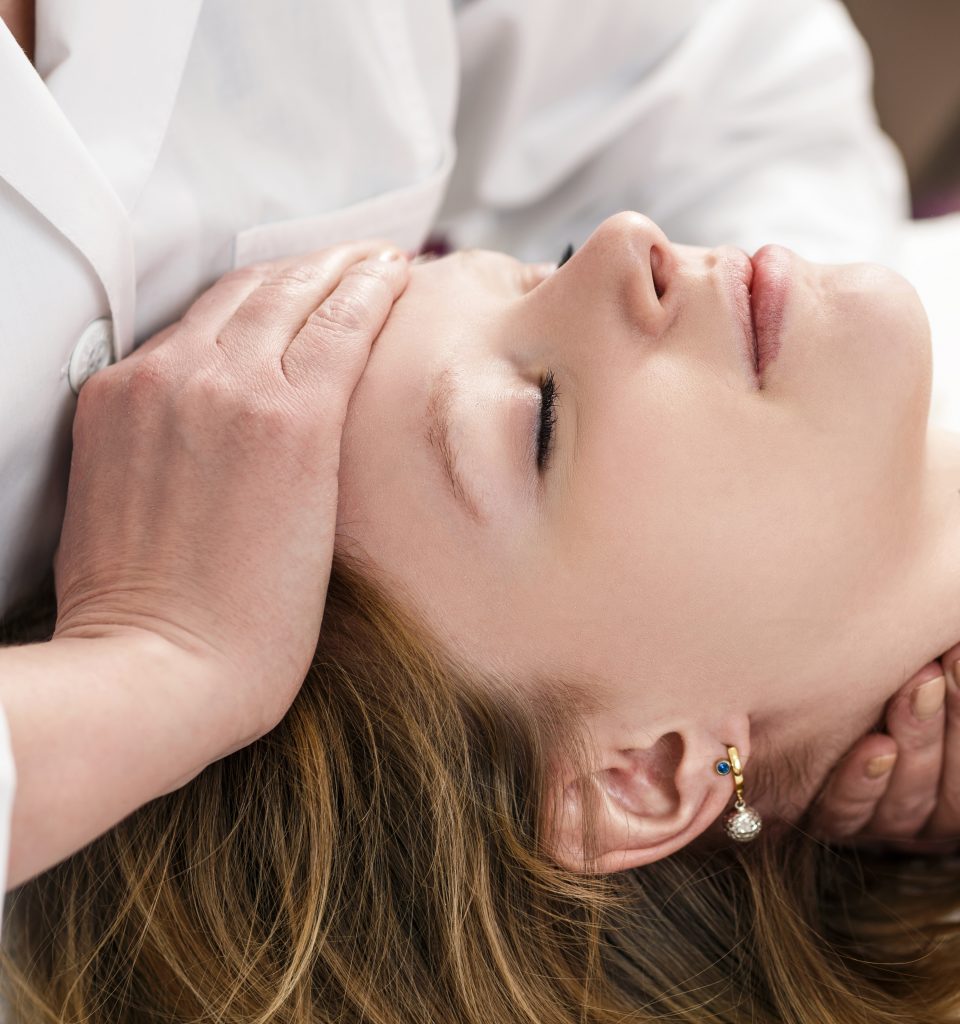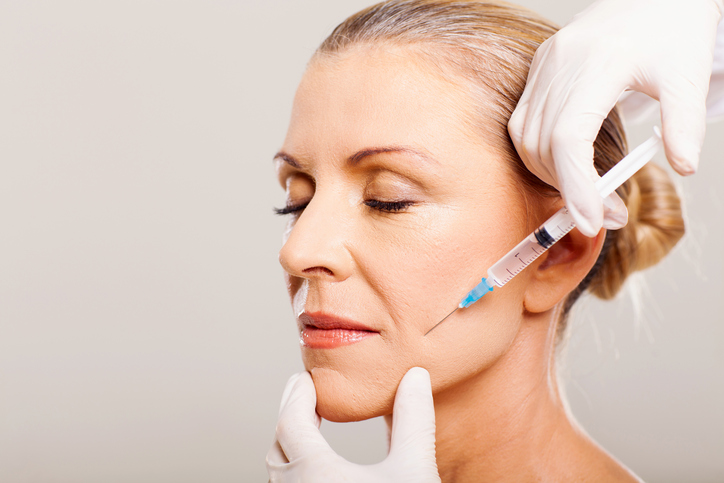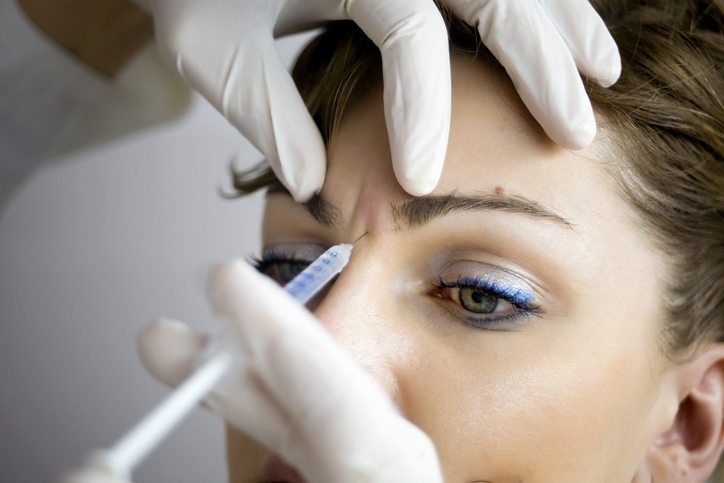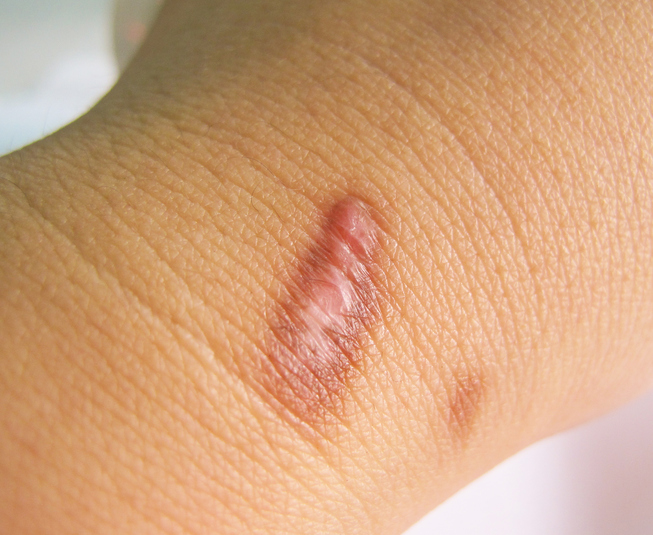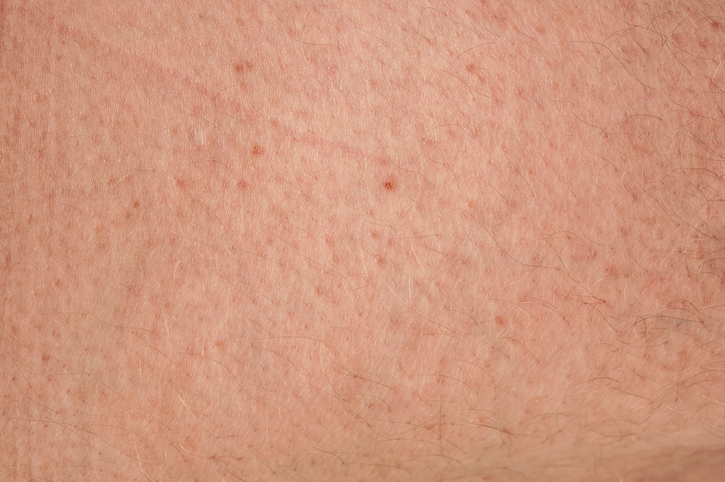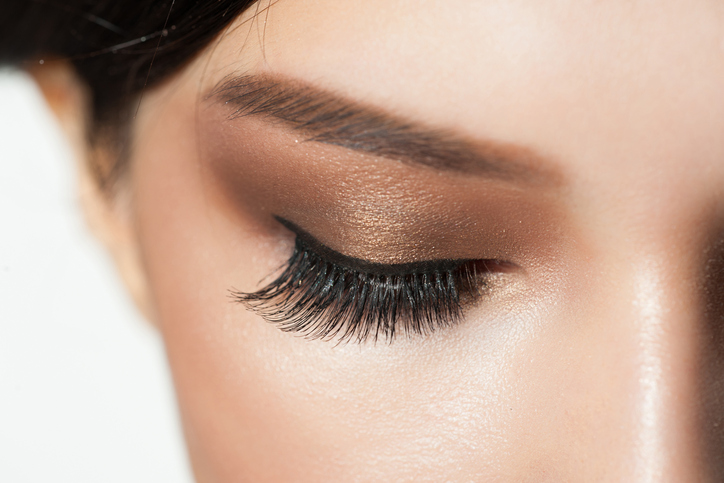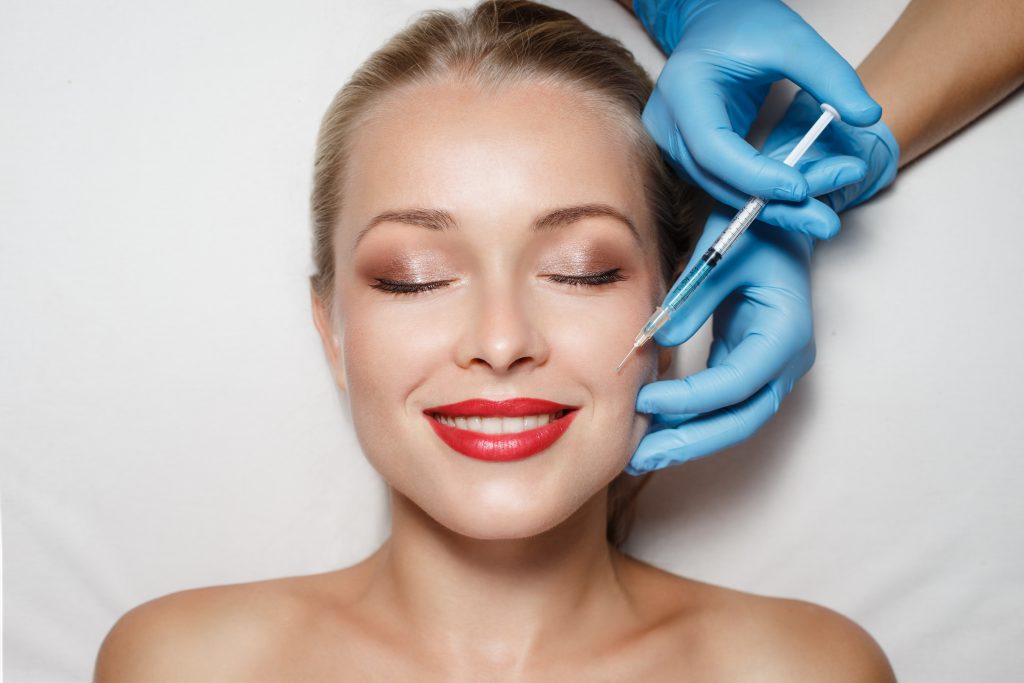Dawn Wells is a nationally board-certified Physician Assistant with over 15 years of dermatology experience. After receiving her Bachelor of Science in Biology at Loyola Marymount University in California, Dawn returned to Texas to be closer to her family. In 2002, Dawn graduated from the University of Texas Southwestern Medical Center’s Physician Assistant program. She then completed her Master of Science Degree at the University of Nebraska Medical Center specializing in dermatology.
Dawn is dedicated to both general and cosmetic dermatology. She enjoys establishing trusting and long-lasting relationships with her patients and takes the time to listen to their skin care concerns. Dawn enjoys educating her patients and involving them in the treatment options that best suits their lifestyle. Dawn excels at prevention, identification, & treating skin cancers.
Dawn’s professional memberships include the Society of Dermatology Physician Assistants and the American Academy of Physician Assistants.
When not in clinic, Dawn enjoys spending time with her family, her dog Boot, friends, gardening, traveling, and golfing.
Specialties and Affiliations
- Society of Dermatology Physician Assistants
- American Academy of Physician Assistants


